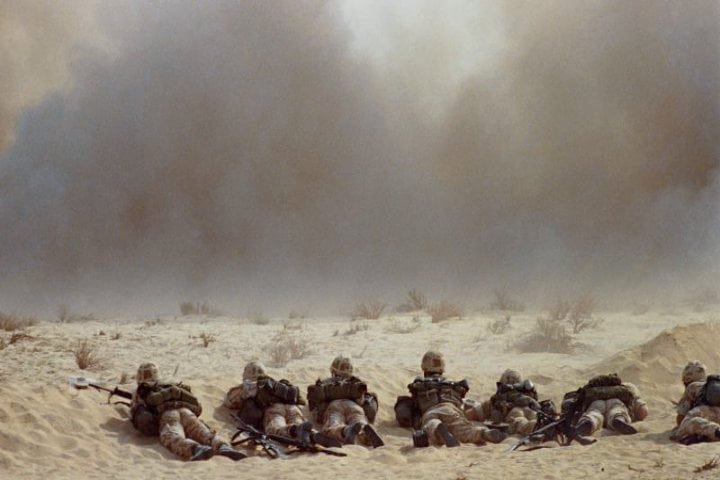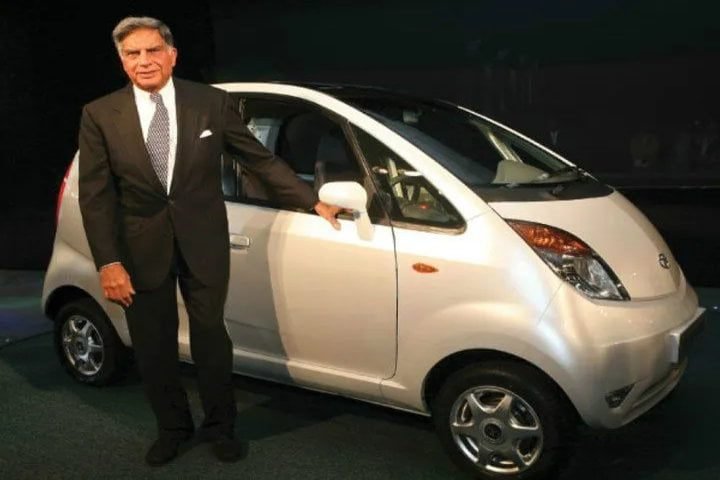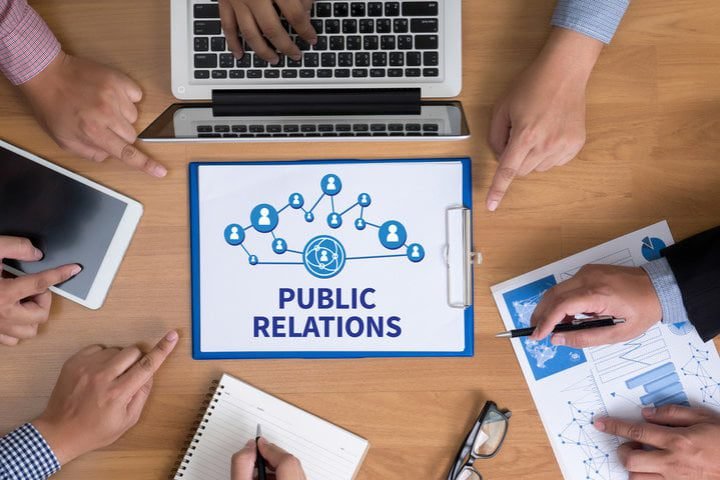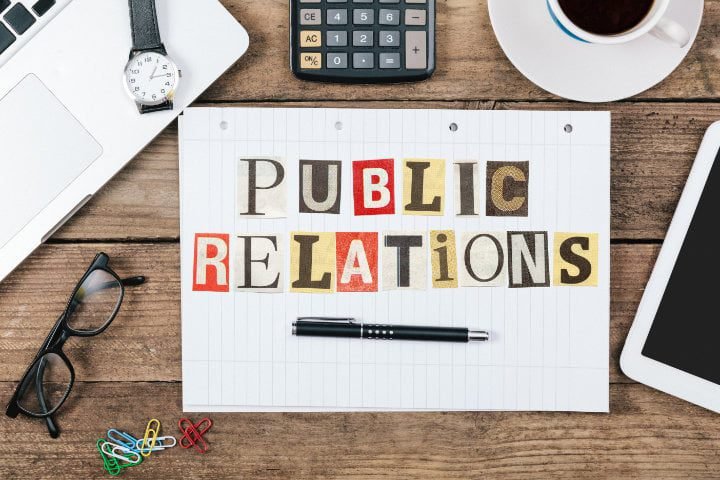Crisis Communication
Crisis communication is a specialised field within public relations that focuses on developing strategies and tactics to address and manage crises effectively. It involves timely and transparent communication with stakeholders, including employees, customers, investors, and the media.
In This Article
Effective crisis communication is crucial for maintaining a positive public image and managing potential reputational damage. Public relations professionals play a vital role in navigating these challenging situations, ensuring that organizations can effectively address crises and maintain trust with their stakeholders.
Furthermore, crisis communication involves anticipating potential crises through risk assessment and developing comprehensive crisis management plans. These plans outline protocols for immediate response actions as well as long-term strategies for rebuilding trust and reputation post-crisis.

Public Relations and Crisis Communication
During a crisis, public relations professionals act as the voice of the organization, providing accurate information, addressing concerns, and maintaining trust. They are responsible for crafting key messages that convey empathy, reassurance, and transparency while also managing potential reputational risks.
Public relations practitioners utilize various channels, such as press releases, social media platforms, websites, and spokespersons, to disseminate information during a crisis. They carefully monitor media coverage to ensure accurate reporting while proactively engaging with journalists to provide updates or clarify any misconceptions.
- Most crises are unpredictable, and they always pose a severe threat to the hard-earned goodwill of the organisation. In such a testing time, good planning and sound judgment play a critical role in achieving resolution.
- During times of crisis, dealing with the public needs special skill and care; therefore, public relations efforts are crucial in crisis communication.
- In a crisis, public relations needs to share the available information with the media with the promise that more information will be supplied as and when it becomes available.
- If a communication vacuum is created at an official source, it will certainly be filled by the grapevine or some irresponsible information, harming its long-term credibility.
Classification of Crisis
- Exploding Crisis: Actual disasters such as fires, accidents, earthquakes, floods, etc.
- Anticipated Crisis: Crisis due to premeditated decisions like closure of a plant, discontinuance of a service, etc.
- Immediate Crisis: Controversial incidents involving individuals, organisations, governments, etc.
- Sustained Crisis: When an organisation, a product or service is under long-term attack from some stakeholders like special interest groups, media, judiciary, civil society, etc.
Crisis Communication Examples
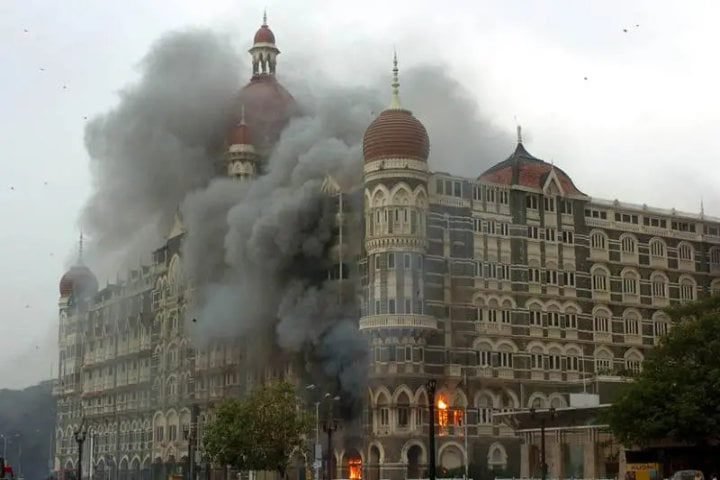
Case Study: Mumbai Siege
- Terrorists attacked Mumbai on November 26, 2008, and created mayhem for 64 hours. About 200 people were dead, and almost double were injured.
- The then Chief Minister of the state of Maharashtra, the late Vilas Rao Deshmukh, and state Home Minister R. R. Patil visited the hotel Taj after the siege was cleared. It was an appropriate exercise and a good public relations decision. However, a part of their entourage included film director Ram Gopal Verma and his actor son Ritesh Deshmukh as well. The Chief Minister and government were profoundly criticised for this act.
- The media dubbed this act as insensitive, inconsiderate, mindless, and cruel.
- In another instance, the state-run BEST buses were sent to bring back security personnel from the Taj Hotel after the siege ended, which was also severely criticised due to the sub-par treatment given to the brave security men.
- In both events, the government failed to handle the crisis adequately, resulting in significant reputational damage.
- The electronic media covering the entire siege was also on the receiving end of social media users, as they showed the strategic details of the security personnel, which allegedly helped the terrorists, who were watching television inside the sieged areas of the Taj Hotel.
- After this incident, the government laid down clear guidelines to cover such kinds of crises by media organisations.
Case Study: Gulf War
- On October 10, 1990, a 15-year-old Kuwaiti girl, Nayriah-al-Sabah, testified before the US Congress about the atrocities Iraqi soldiers were committing against Kuwaiti citizens. She specifically mentions that Iraqi soldiers were taking Kuwaiti infants from hospital incubators. Her testimony caught the imagination of the media and the government alike. Many senators voted for the war and cited the story.
- Later, it came to light that a public relations consultancy called “Hill and Knowlton” was paid $10.5 million by a group called “Citizens for a Free Kuwait,” controlled by wealthy Kuwaitis, to manage the perception of Western media and people.
- The Kuwaiti girl, Nayriah-al-Sabah, was found to be the daughter of Kuwait’s ambassador to the USA.
- The concerned public relations agency later admitted to training the girl about the testimony. The PR strategy, however, as believed by many, intends to take the US into the Gulf War, resulting in countless deaths and enormous destruction.
- The government faces severe criticism for its alleged failure to gauge the situation and for reacting impulsively.
Case Study: Tata Nano
- The Tata Nano was more of a promise than a car by none other than Ratan Tata, one of the most respectful figures in Indian business. The car was dubbed the world’s smallest and most economical, and it was promised at INR 1,00,000.
- The project was announced on May 18, 2006, in Singur, on the day Buddhadeb Bhattacharya was sworn in as the Chief Minister of West Bengal.
- The 997-acre multi-crop land that was allegedly acquired through forcible acquisition came into question.
- In July 2006, TMC leader Mamta Banerjee took charge of the protest and turned it into a major political issue. On August 25, 2006, FICCI stood behind Tata Group. Mamta Banerjee roped in Medha Patkar and Aruna Roy into agitation in October 2006 and went on for a 25-day-long fast.
- In 2007, the Calcutta High Court made it clear that the Singur land acquisition was legal. Tata announced the rollout of Nano in October 2008. However, due to consistent protests at the site and safety concerns, Tata, at last, moved out of Singur in October 2008 and settled for Sanand in Gujarat.
- After withdrawal, three weeks later, Ratan Tata issued an open letter to the citizens of West Bengal, without hiding his displeasure and accusing Mamta Banerjee of the mess.
- The letter highlighted all the facts, including the Calcutta High Court ruling, and asked the people of West Bengal to take a stand on such incidences that could jeopardise the industrial growth of the state.
- In Singur, Tata lost time, manpower, and resources and incurred a huge financial loss, which some believed was about 500 crores and 250 crores of claims made by the vendors.
- Through this public relations tactic, Tata chose to give back and get the issue off his chest!
- The national media, by and large, was sympathetic to the Tata Group.
- On August 31, 2016, the Supreme Court quashed the CPI-led West Bengal government’s acquisition of 997 acres of agricultural land for Tata Motors’ Nano “small car” plant in Singur. However, the lease agreement had a clause that entitled Tata Motors to compensation if the land acquisition was deemed illegal.
- Tata Motors Ltd. filed a compensation claim from West Bengal Industrial Development Corporation Ltd. (WBIDC) under various heads on account of the loss of capital investments at the Singur facility.
- In October 2023, Tata Motors announced that it had won the Singur automobile manufacturing facility case against WBIDC and would recover a sum of Rs 766 crore with interest. The court also allowed it to recover a sum of Rs 1 crore towards the cost of the proceedings from the respondent (WBIDC).
- The judgement was a major setback for the West Bengal government.
Case Study: DMRC
- The impact of running the organisation efficiently and partnering with media in the course of development is an essential practice.
- Organisation: Delhi Metro is one of the few government organisations that has been able to project itself positively among various stakeholders by using communication as a strategic tool to achieve great brand equity.
- Event of Crisis: On October 19, 2008, part of an under-construction flyover of the Delhi Metro collapsed near Nirman Vihar in East Delhi, killing two people and injuring ten more.
- PR Efforts of Crisis Communication: The PR department of DMRC went on an overdrive to interact with various stakeholders, including the media, about what had happened, what the action plan was, etc. Due to this, DMRC did not get any negative reports in the media. Media reporting was factual without any exaggerations or raising doubt about the intent of DMRC.


